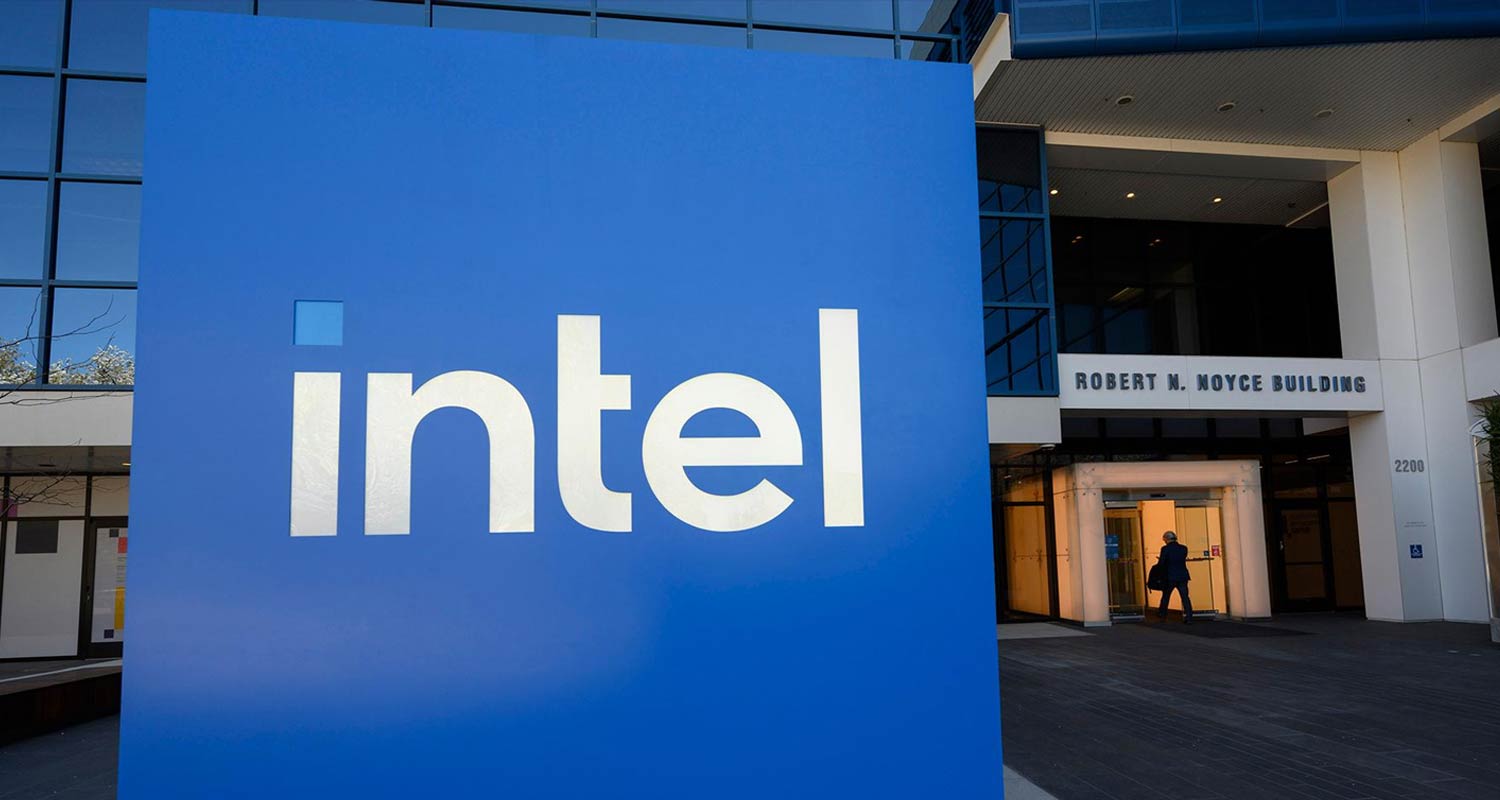 There’s opportunism, and then there’s Qualcomm’s approach to buy Intel. The acquisitive semiconductor giant has an opening to attempt such a momentous deal thanks to the yawning gap between their market capitalisations. The snag is that many obstacles remain to a successful transaction.
There’s opportunism, and then there’s Qualcomm’s approach to buy Intel. The acquisitive semiconductor giant has an opening to attempt such a momentous deal thanks to the yawning gap between their market capitalisations. The snag is that many obstacles remain to a successful transaction.
Intel is the legacy name in the chip industry. Qualcomm would make history gobbling it up. That is surely the main attraction. “Intel Inside” would become sadly ironic.
There’s been quite a turn in fortunes on both sides. Intel shares are down more than 50% since the beginning of 2024, and the company was valued at US$93-billion at Friday’s close before The Wall Street Journal reported Qualcomm’s interest. Qualcomm stock is up nearly 20%, valuing it at $188-billion. Only in January, Qualcomm was worth a lot less than its target. Now it can contemplate a deal where it would be in the driver’s seat.
The business justification is more prosaic. Qualcomm would gain diversification, as Bloomberg Intelligence points out: a combination would reduce Qualcomm’s reliance on handsets — currently about 75% of sales — by adding revenue from chips for personal computers and data centres.
There’s also the fact that Intel appears to be in a financial trough after years of underperformance relative to key rival TSMC. The US firm is forecast to be barely profitable this year, with operating profit recovering to $3-billion next year and more than $7-billion in 2026, according to Goldman Sachs Group research. Other analysts see a yet faster recovery. What better time to pounce?
Add a conventional one-third takeover premium to Intel’s market value, plus net debt of $18-billion, and the total transaction value could be some $142-billion. If a buyer could pull that off and accelerate Intel’s recovery through synergies, there’d be a possible path to making decent returns further out.
Antitrust
Qualcomm’s approach is for all of the chip maker. Clearly, it may not be able to keep 100%. Asset sales will be required to assuage antitrust regulators. That’s partially helpful as it shrinks the overall size of any transaction. But it brings the risk of having to take fire-sale prices on disposals. There is unlikely to be an easy pre-emptive fix. Consider Kroger and Albertsons Companies — their US grocery union two years ago was announced with a plug-and-play antitrust spinoff. Only last month did the Federal Trade Commission case come to court.
It’s not just regulators that need be assuaged. Why should Intel, led by Pat Gelsinger, play ball? No company’s management team or shareholders like doing a deal when the share price is on its knees — unless there’s a very high premium or certain value creation on offer through trading into the enlarged company.
Read: Qualcomm exploring bid for Intel – source says talks at early stage
Intel has taken the pain of a dividend suspension to fund investment in a turnaround. The stock plunged nearly 30% in August as a result, and the shares have barely recovered from that point. It’s often better to wait for shares in your takeover target to recover a bit from a blow. The shareholders may then be less likely to feel taken advantage of.
Already potential alternative courses are surfacing for Intel that raise questions about whether a takeover is the necessary or even lowest-risk solution to its woes. Buyout firm Apollo Global Management is proposing a $5-billion “equity-like” investment in Intel, Bloomberg News reported on Sunday. That could make a non-Qualcomm future more appealing.
 Intel CEO Pat Gelsinger
Intel CEO Pat GelsingerAbove all, Intel is a target whose deep operational and strategic challenges may not be solved simply with new ownership. The key to success is whether Qualcomm could run its desired purchase any better. There may be a bigger question mark over that when you’re branching away from your core.
There are some echoes here with Capital One Financial’s tilt at credit-card peer Discover Financial Services in February — another deal aided by a divergence in share prices after the target had a profit warning. That’s also facing huge regulatory risks. The bottom line is that even with US trustbusters itching to fight seemingly every merger, the lure of opportunism outweighs the antitrust deterrent.
So, there you have it. Buying Intel should require twin battles to win over the target and regulators, with the end result being a deal that looks risky strategically and financially. But it would cement Qualcomm’s and Intel’s places in the annals of tech and M&A. — Chris Hughes, (c) 2024 Bloomberg LP



 3 hours ago
23
3 hours ago
23









